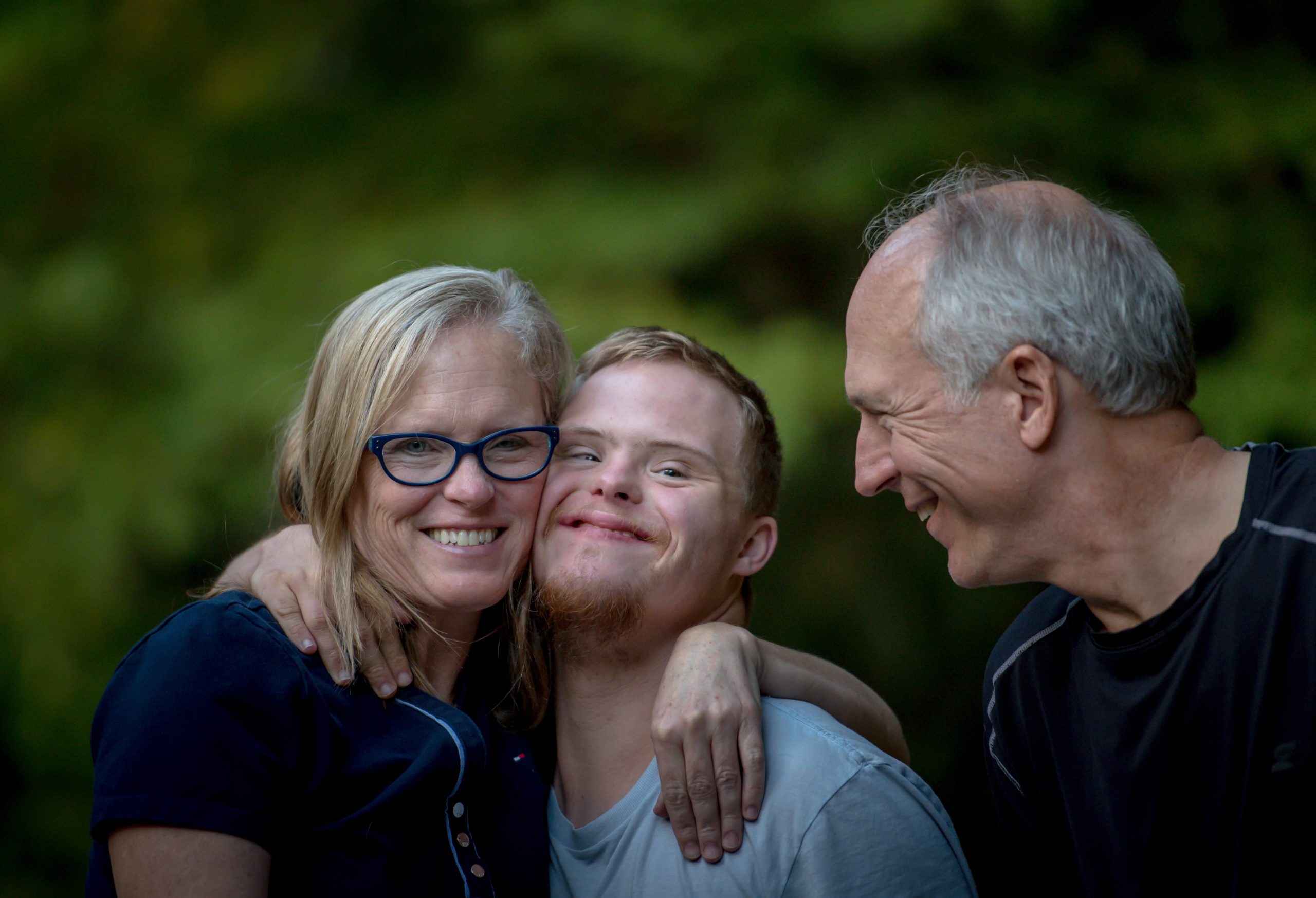
A major focus for current policy and systems change efforts in education and mental health is the extent to which states are investing in practices and procedures that are supported by rigorous research evidence. Evidence-based practices have been demonstrated in formal research studies to be related to valued outcomes for children and their families.
A reasonable question is if School-wide Positive Behavior Interventions and Supports (PBIS) is an evidence-based practice. The purpose of this document is to lay out the current evidence assessing SWPBIS and the considerations that may be relevant for state, district and national decision-makers.
Any claim that a practice or procedure is “evidence-based” should be framed in the context of (a) explicit description of the procedure/practice, (b) clear definition of the settings and implementers who use the procedure/practice, (c) identification of the population of individuals who are expected to benefit, and (d) the specific outcomes expected. Given this context, the research involving the practice/procedure may be reviewed, and an array of criteria have been proposed by different agencies and organizations (c.f. American Psychological Association, What Works Clearinghouse, SAMSA, Institute for Education Science) for how this literature may be examined to determine the level of experimental rigor, and the confidence with which any statement about “evidence-based” effects can be claimed. A summary of suggestions for defining evidence-based practices from Quantitative (Gersten et al., 2005), Correlational (Thompson et al., 2005) and Single Subject (Horner et al., 2005) research methods was reviewed for educational literature in special section of Exceptional Children (Odom et al., 2005).
We provide here (a) the citations defining the context content for SWPBS, (b) the current status of evidence for each of the three tiers of the SWPBS approach (Primary Prevention, Secondary Prevention, Tertiary Prevention), and (c) summary of current and expected directions.

